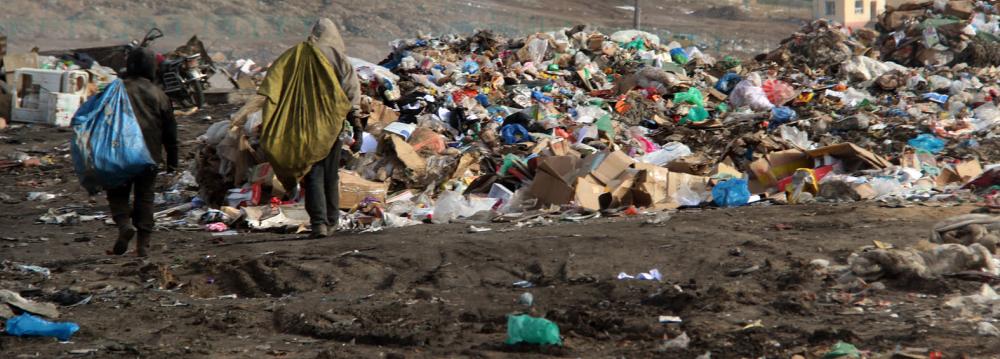In spite of the rapidly deteriorating quality of soil in Iran, the issue has not received the attention it desperately deserves.
According to a DOE survey, Bushehr and Khuzestan provinces contain high levels of oil pollutants in the soil.
This is while Isfahan is contaminated with industrial pollutants and Hamedan and East Azarbaijan have high amounts of heavy metals in their soils.
"However, in Tehran, things are much more complicated. Air, water and soil pollution form an axis, with each item affecting the other and triggering an environmental disaster," Esmaeil Kahrom, a senior advisor of the Department of Environment, was quoted as saying by the Persian news website Fararu.
A wide area in the metropolis has been contaminated by various kinds of pollutants, including heavy metals, petroleum contaminants and different kinds of toxins.
"Even if farms are irrigated with the best quality water, food products will still be unhealthy due to soil pollution that is primarily caused by the overuse of pesticides and fertilizers," Kahrom said earlier, stressing that the fertile soil around the city of Tehran is polluted today.
Based on a law passed in 1967, the use of pesticides and fertilizers should be reduced and requires constant assessment to detect traces of chemicals in a food product.
This is while substances used by farmers are still subsidized, which promote excessive use.
"Carelessness on the part of authorities and noncompliance with regulations by farmers have allowed these dangerous chemicals to end up in our food. The soil is getting less fertile and more saline. The level of nutrients and micronutrients needs to be measured and balanced. The country's soil is under too much pressure," he said.
Poor waste management is another devastating factor, which has raised concerns about soil and water contamination.
Censuring the inaction of Tehran Municipality toward waste management, the official emphasized that devising an efficient strategy for safe waste disposal and recycling is necessary and "solely collecting the waste is not a wise thing".
Erosion, pollution and nutrient degradation are among major issues affecting soil fertility. However, officials have been super-busy with air and water contaminations, neglecting the other fast developing disaster.
Concerns over soil contamination, direct contact with contaminated soil, vapor from contaminants and secondary contamination of underground water tables stem primarily from health risks.
Kahrom also said air pollution might seem irrelevant to soil contamination, but in a broader overview, carbon oxide and carbon monoxide contribute to global warming and rising water salinity.
"So each item in the pollution axis can harm living beings," he said.
Reportedly, some $50-5,000 are needed for decontamination of per cubic meter of soil, depending on the level of contamination. On the other hand, soil decontamination is a time-consuming process.
"The country's environment desperately needs efficient rescue actions before it is too late," Kahrom said.


